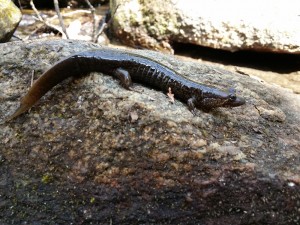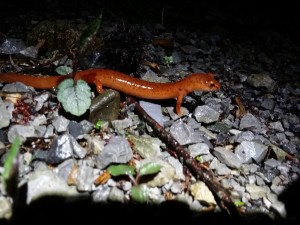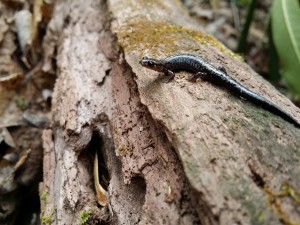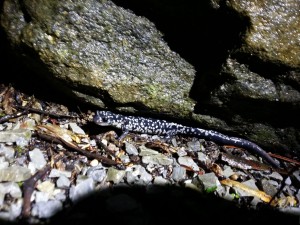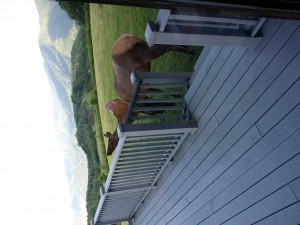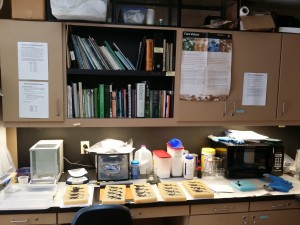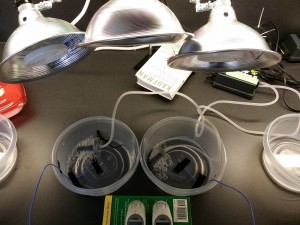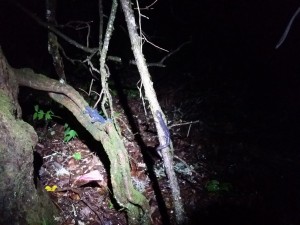Research Blogging Fail
Well, I haven’t updated my blog since my last summer. Not from a lack of activity, but rather the busiest year of grad school up until this point for me. This was my longest and final field season and it ended up being so busy that I barley took any photos and consequently never wrote any blog posts. So instead of a long winded description of the past year I am just going to highlight a couple things from field work. Future blog posts will most likely cover problems with data and statistical analyses (fun!), and my progress in getting a post doc position or job!
My field season started in March at my southern most sites in the Smoky Mountains. I was able to start early with the help of an OCEES fellowship which relieved be a teaching duties for the spring semester. The big goal of coming out early was to sample lower elevation field sites that become too warm for salamanders by the time I am normally able to start my field season.
The first half of my field season last from March until late April with the help of Courtney Thomas, Becca Wier, and Ryan Friebertshauser. Overall, it was a fantastic two months and I was able to wrap up data collection for my main dissertation project. We did see some very cool animals, but as I mentioned, I barely took any photos! However, here are a couple that I took with my phone.
The second half of my field season focused on an extension of my dissertation work and was only possible because my advisor Donald Miles and myself received an OURC grant of $8,000. This project involved assessing the Bogert effect in plethodontid salamanders. The Bogert effect essentially says that a species uses behavioral compensation (in my case, salamanders using specific microhabitats) to maintain physiological performance even at the edge of their range. If this is occurring salamanders may be able to utilize different microhabitats to cope with climate change. However, if it is not occurring, then salamander numbers may be reduced at the edge of species ranges or ranges may actually contract as the climate continues to change.
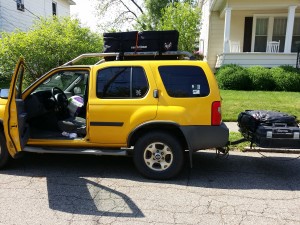
Packing up for one last dissertation field work trip!
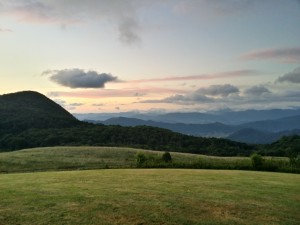
The view from Purchase Knob, the research station we stayed at all summer, in the Great Smoky Mountains
I was able to setup a nice lab at Purchase Knob in order to conduct some thermal and hydric experiments to go along with my field work. This included collecting thermal preference , critical thermal maximum, and water loss rates for several species of Plethodon salamanders from high and low elevation populations.
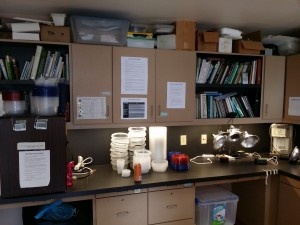
More of the lab setup. We needed LOTS of plastic containers. Anything that was touched by a salamander needed to be disinfected before it could be reused.
To study the Bogert effect I placed agar model salamanders (which provide water loss rates) and iButtons (continuously record temperature) and various microhabitats from high to low elevation in the smoky mountains. I also surveyed for salamanders both day and night to assess what kinds of microhabitats they were using. Becca Wier, who helped my during the entire summer of 2014 and for a week in spring 2015, Morgan Etheridge, and Jessica Mace all helped this summer. These field assistants were a tremendous help during this second session of field work to the point that they complete the majority of the actual field work the last few weeks while I entered data. Overall, this project also went extremely well, we even had some salamanders hanging out with the agar models!. I will finish organizing and analyzing data this fall. So look for updates as the results of this research progress!

